Tags
dog meat, Dzükou Valley, Hornbill Festival, India, Khonoma, Kohima, Naga chillies, Naga tribes, Nagaland, North East India, Travel, tribal food market
Hi everybody 🙂
Continuing with the third part of my ”Travelling through the North East of India” series, today I’m going to share with you my experiences in Nagaland.
Those of you who have missed the earlier parts of this series, here are the links:
Travelling through the North East of India: Manipur
Travelling through the North East of India: Arunachal Pradesh
The Hornbill Festival of Nagaland, India
My journey through Nagaland provided me with deep insight into the colourful life and culture of the Naga people, the native inhabitants of this state. I had visited this beautiful tribal state in Nov-Dec 2010. Here’s my story…
A bit about Nagaland…
Nagaland borders the state of Assam to the west, Arunachal Pradesh and part of Assam to the north, Myanmar to the east and Manipur to the south. The state capital is Kohima, and the largest city is Dimapur. Nagaland is mostly mountainous except for those areas bordering the Assam valley.
This enchanting state with natural beauty and ethnic diversity is populated by the Naga people of Mongoloid stock. There are 16 major Naga tribes in this state, each having its own language and unique customs and traditions. The Nagas have always been brave warriors. Although most of them have now become Christians (90% of the state population is Christian), they still preserve the remnants of their early animist culture and ancient traditions.
Baptists constitute more than 75% of the Christian population. Nagaland is known as “the only predominantly Baptist state in the world.”
Festivals are an essential and integral part of the social-cultural life of the Nagas and a majority of these festivals are themed on agriculture. The colourful festivals also showcase their artistry and skills, particularly in music and dance. (Read : The Hornbill Festival of Nagaland )
Certain charming villages, most of them belonging to the Angami tribe, have been identified and developed by the state government to promote tourism by offering tourists a taste of Naga culture.
Dzukou Valley is one of the most frequented trekking spots in the whole of North East providing a panoramic view of the mountains, wild flowers, mountain streams and the surrounding landscapes.
The tallest rhododendron tree featured in the Guinness Book of World Records is found in the Japfü ranges. Japfü Peak is the second highest peak in Nagaland. Both, Japfü and Dzükou, offer a great off the beaten track experience for trekkers and adventurous tourists.
About my journey…
I started my journey to Kohima from the neighbouring state of Manipur. Along the border of the two states, lies the valley of flowers well known for its natural beauty – the beautiful Dzukou Valley. It is home to a variety of flowers of varied hues and species.
I clicked this photo on the way…
My trip to the North-East hadn’t been a planned one, rather a spur of the moment one. Hence I was unaware of the fact that in the months of November and December, Manipur and Nagaland hosted annual cultural festivals attracting a large number of visitors.
On reaching Kohima, I learnt that all city hotels and home-stays listed in the travel brochure that I was carrying, had been booked in advance for visitors attending the state’s major event, the Hornbill Festival. Several officers from the Army and the Assam Rifles were going to attend the Hornbill Festival with their families so even military accommodation was fully booked.
Luckily, I got a lovely hotel room thanks to a well-informed taxi driver who drove me to a newly opened hotel owned by a local politician’s son. Winters are quite cold throughout the North-East but Nagaland experiences bitter cold with temperatures dropping below 4 degrees Celsius. So I was glad that the hotel was equipped with room heaters.
Although Kohima is the political capital, it is very laidback and serene with an air of a small town. On the other hand, Dimapur, which is the economic hub of the state, is the only city in Nagaland which is connected by rail and air.
To know more about the unique culture and identity of the ethnic tribes, I visited the State Museum of Kohima.
It houses some rare artefacts belonging to different tribes of the state. The exhibits include colourful traditional dresses, expensive traditional jewellery, Morungs (Naga hut models) of each tribe, clan motifs, musical instruments (made of bamboo and buffalo horns) and paintings by different local artists. All this gives an idea about the legacy of the Nagas.
At the Kohima War Cemetery, overlooking the town…
Kohima has been witness to the bloody World War II battles between the Allies and Japan. The Battle of Kohima lasted for nearly three months and the brave soldiers fighting for the Allied forces did an admirable task of blocking the Japanese invasion at the border of India. For the first time in south-east Asia, the Japanese lost the initiative to the Allies. Historians have called Battle of Kohima “one of the bitterly fought battles of the Second World War” involving “fierce hand-to-hand combat”. Only 20,000 of the 85,000 Japanese who had come to invade India were left standing. Allies suffered casualties to 17,857 British and Indian troops. Before leaving Kohima the British built this memorial in memory of their fallen comrades. The cemetery is maintained by the Commonwealth War Graves Commission.
The town’s colourful Keeda (Insect) Market, a tribal food market, left me spellbound! Check out these photos…
To the right, the explosive Bhut Jolokia or Naga King chilli (also called Naga Jolokia), previously recognized by Guinness World Records as the hottest pepper in the world…
Fresh vegetables, food grains, chicken…
Snails…
Freshwater eels swirling in tubs…
hey, wait a minute…what’s this? My eyes widened as I passed by the exotic food on sale.
Fat & luscious silkworms and woodworms…
Honeycombs…
Dried frogs…
Spiders…
…and dog meat!!!
Watch these videos of mine…
Someone told me that this exotic and expensively priced food cures different kinds of illnesses. Very well, but dog meat??? I was taken aback at the sight of the neatly placed pieces of man’s best friend on the table.
Back at my hotel, I was hesitant to have lunch. I simply didn’t know what to eat. Perhaps the restaurant kitchen served dog meat or or cooked meals in dog lard. For a moment, I thought of having just fruits and vegetable sandwiches but it wasn’t going to do me any good, especially in the chilly weather. I had to eat something hot. The staff was warm and friendly, very young about 20-something or so and mostly girls. I couldn’t see dog meat in the restaurant menu card, but still to be on the safer side, I asked the friendly young attendant if they served dog meat or used dog lard as a cooking medium. Much to my relief, they didn’t! She invited me to visit the restaurant kitchen so that I could take a look around the place and check the ingredients and stuff used by them. Satisfied, I had chicken soup, medium spiced. I was aware of the hot chillies of the region. I guess I should have just told her to go easy on the spices, because no sooner had I taken in a spoonful of the soup than hot tears started rolling down my cheeks. My mouth was on fire! While I doused the fire with water, the chef made the soup milder by adding vegetables, bamboo or whatever to it.
The next day was the first day of the Hornbill Festival and I had no clue about the venue and the events of the day. I mentioned this to one of the hotel girls. Ten minutes later, I opened the room door to find her with a day old newspaper in hand. It had the entire schedule of the Hornbill festival. So sweet!
Since the hotel staff was young, literate and English-speaking, I wondered if they cooked dog meat at home. I chatted with a few of the girls and found out that though it’s cooked at home during feasts, they don’t eat it because the taste isn’t appealing.
Khonoma…
During winter, dawn breaks at 4:30am in the Northeast so I had planned an early start for Khonoma, an Angami village 20 KM west of Kohima. My guide was a young English-speaking Naga girl.
On the way to the village, I found out that she eats dog meat. Curious, I asked her all sorts of questions – how does dog meat taste? How do you prepare it? Ugh…
She said there were many Naga people living in Korea. Hmmm, Koreans love dog meat too…
I told her about my visit to the Keeda market and the exotic food sold there. “So what other “wild” food do people eat?” I asked.
Everything that walks, crawls or flies, she said. That included rats, birds, worms, snakes, and what have you. That sounded just like the Chinese.
She wasn’t one for skipping even the smallest detail…starting right from how the rat is trapped, skinned and finally cooked!
I liked the enthusiasm with which she talked about the Naga culture, traditions and folklore, the villages, etc. The Nagas have a very healthy appetite, she said. They have three large meals, mostly comprising of sticky rice with spicy pork or beef, or fish. Food is also a reason for getting together, for impromptu feasts to tide over the intervals before the next official festival. No child is born or wed without the entire clan turning up, each bearing a special dish for the occasion – be it venison, pork or beef to last for the weeks a wedding spreads over in Nagaland.
This pig is awaiting his fate at an upcoming feast…
The road was quite rough in places, take a look…
Early morning walk through Khonoma village on the “myths and legends” trails…
Poinsettia flowers in full bloom…
Skulls of buffaloes and mithuns adorn the porticos of Naga houses signifying the glorious status of the great ancestors who had performed grand feasts of merit.
Stones of varying sizes and shapes in the compound of Naga houses…
An owl-faced stone…
Here’s my guide against the backdrop of a monolith commemorating the centenary celebrations of the Baptist Church of Khonoma…
 One of the modern houses, built from wood…
One of the modern houses, built from wood…
A traditional Naga family…
Pumpkins find their way into many Naga dishes…
Entrance gates in all Naga villages are adorned with traditional Naga art and buffalo horns…
It was at Khonoma that the Naga warriors made their last stand against the British in 1879. The village is estimated to be around 700 years old and is surrounded by hills that are as high as 9000 ft. It runs along a ridge which is a characteristic of Angami villages and its domain extends from the terrace rice fields in the valley immediately beneath the ridge into the uplands of the Barail range all the way southwards till the border with Manipur. Naga villages were mostly located on hilltops. Perhaps it was to keep a watch on the valley below for approaching friends or foes.
Terrace rice fields in this region produce 20 varieties of rice…

 A monolith announcing the number of feasts offered by a villager…
A monolith announcing the number of feasts offered by a villager…
Khonoma has become the model village for eco-tourism with its “Green Khonoma” mission. The Village Council has made it mandatory for every household to have dustbins.
A sanitation drive is carried out once every month during which the community garbage is burnt. The ashes and residue are used as manure.
Women on duty, collecting trash…
The Khonoma Nature Conservation and Tragopan sanctuary (KNCTS), home to many endangered and rare species of plants and animals is privately owned and managed by the village community.
Tuophema Tourist Village
Tuophema is an Angami village located 41 KM away north from Kohima. It’s a very old village established way back in 1431 AD.
In 2001, the villagers suggested its creation as a tourist village. This tourist village has 12 Morungs (traditional Naga huts) with modern facilities and is managed and staffed by a team of young local people, overseen by the elected Village Council.
A traditional Naga kitchen…
Rice and corn are the main crops in Nagaland. Corn comes in different colours- white, yellow, red and black.
The multipurpose hall…
And there’s a museum exhibiting traditional artefacts, jewellery and clothing.
Besides food and accommodation, tourist services include guided walks to nearby peaks or rice fields, cultural expeditions, village home visits to experience traditional Angami hospitality, local dishes and home brewed rice beer and an insight into the ancient myths and legends and folklores recounted by local guides and villagers.
Flowers are everywhere, whether wild or cultivated. I particularly liked this one…
Lemon trees are in abundance too. Check out the lemons on the tree beyond…
The Nagas were called head-hunters as they hunted for skulls which they hung in their homes or on trees. The larger the number of skulls one owned, the higher would be his status in society. Later, the custom was limited to animal skulls. In earlier days, human skulls used to hang from this tree…
The villagers have their own rice granaries…
A villager working with bamboos…
5 pm, dusk over the Naga hills…
That’s all folks 🙂 I hope you had a great time visiting me. My next post is on the culturally rich state of Assam. So , see you soon…till then, take care 🙂
Coming up next: Travelling through the North East of India: Assam
If you’re interested in knowing all about Mexico, do check my three e-books which are available for sale on this blog:
Mexico: The Country, Its History & The Maya World
If you’re a fan of Mills & Boon novels or love reading romance novels, here’s one for you available for sale on this blog:
The Blue-Eyed Prince of Natlife
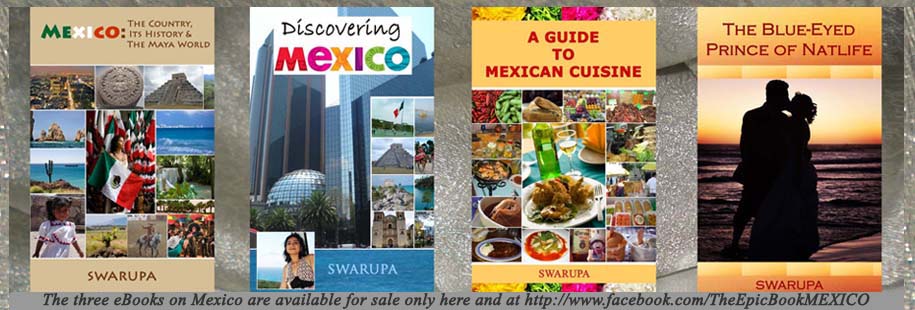

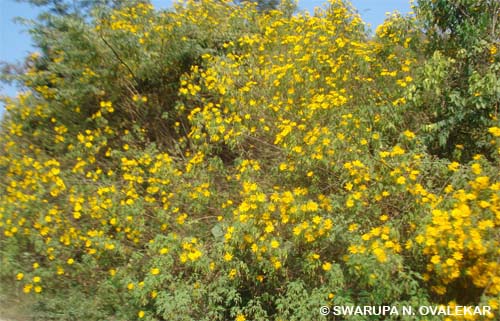




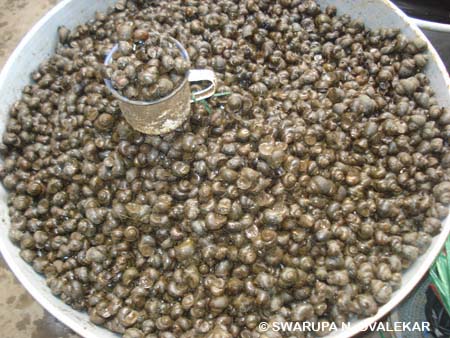



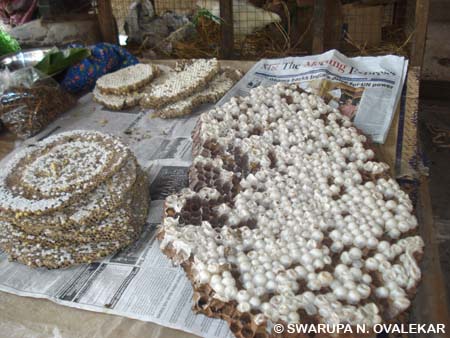

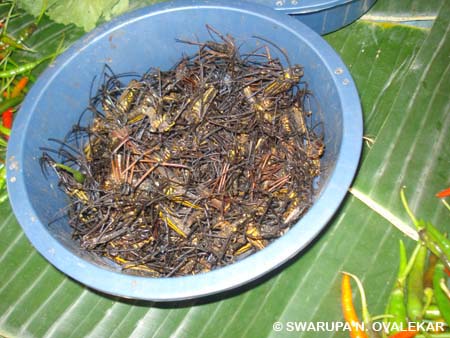


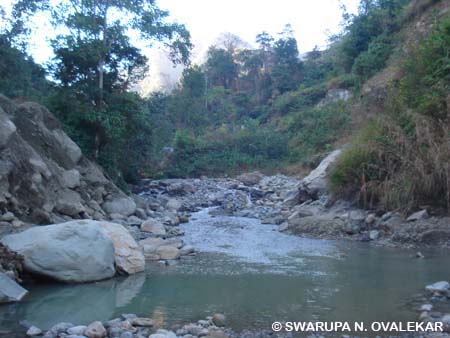



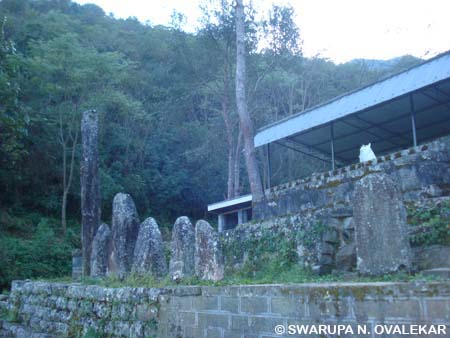

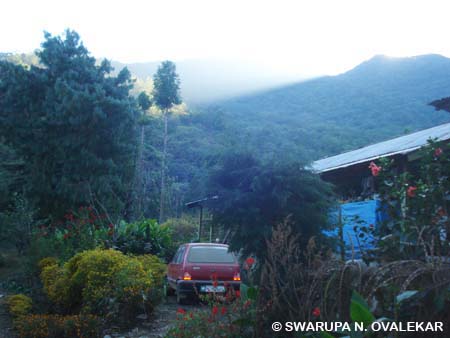






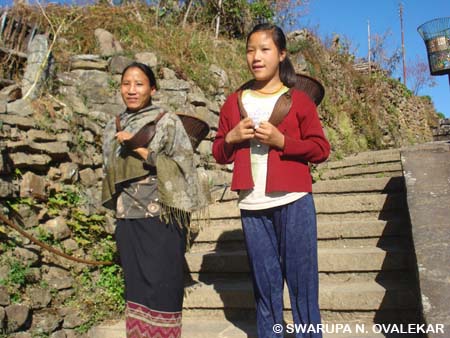





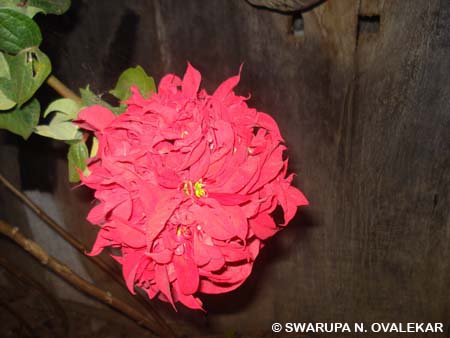




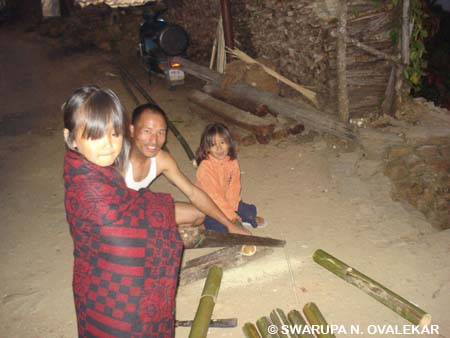

Don’t think I could try some of those dishes!
LikeLike
Hi Rosie 🙂 hope you’re doing great!
You know, in Mexico City too there’s a big food market where people sell all sorts of stuff like worms,etc.(but not dog meat!) Worms, ant larvae, etc. are termed as haute cuisine ingredients…and in cities and towns with high indigenous population there are plenty of such exotic foods..like in Oaxaca City fried grasshoppers are a high protein delicacy.
cheers 🙂
LikeLike
I read your blog. Such a great information.Read more about Nagaland here
LikeLike
Hi, thanks for visiting my blog and for your kind comments…Best 🙂
LikeLike
IS it safe to travel in NAgaland alone? How did you arrange your trip?
LikeLike
Hi, Shruti. Thanks for visiting my blog and for your comments. Yes, it’s very much safe to travel alone in Nagaland. You can check out the state tourism website for hotels, etc. Cheers!
LikeLike
Reblogged this on vinodhblogspot.
LikeLike
HI there, Twas interesting reading your blog. I am from Nagaland and would love to host and organize tours to bloggers like you and other travelers.
LikeLiked by 1 person
Hi Rokono, Thanks so much for visiting my blog and for your kind comments 🙂 Thanks also for your warm invitation, I’ll bear it mind the next time I visit Nagaland. Do keep visiting 🙂 Best
LikeLike
check out this article
“Terror in the Name of Christ in Northeast India”
http://blogs.swarajyamag.com/2015/01/07/terror-in-the-name-of-christ-in-northeast/
LikeLiked by 1 person
Hi, thank you for visiting my blog!
LikeLike
Hey , Commenting long time back in this post ,Just read your blog in office time just imagine hehehehe ,after reading i cant concentrate on work only Nagaland is in my head 😀 .U have written a Perfect post. Waiting for more Cheers
Thnx ,
Subhradeep
LikeLiked by 1 person
Hi Subhradeep, Thanks so much for visiting my blog and for your kind comments 🙂 Hope you get to visit Nagaland soon. All the Best… and keep visiting 🙂
LikeLike
Kohima a beautiful place. surrounded by hills, the natural beauty of it makes you feel more active.
http://www.yesmytrip.com/
LikeLiked by 1 person
Hi, Thanks so much 🙂 Best
LikeLike
This is me Takalungba from Nagaland northeast india N i’m phom community i jst wanna say to you hello
LikeLiked by 1 person
Hi Takalungba 🙂 Thanks for dropping by. Keep visiting 🙂
LikeLike
I am grateful for this wonderful post that you have provided for everyone. I am sure it would be beneficial for everyone.
LikeLiked by 1 person
Hi, Thank you very much 🙂 Best
LikeLike
Hi swarupa
Will u please send the name of hotel in kohima that u mentioned in ur blog
LikeLiked by 1 person
Hi Atu l:-) Check this site for Kohima hotels http://tourismnagaland.com/?page_id=166 I stayed at Cimorb. The contact details are given on the site. Happy travels 🙂
LikeLike
A short clip about Northeast India
LikeLiked by 1 person
Thanks, Meren 😀
LikeLike
Hi! Am travelling to NE and need stay at Kohima. All hotels are booked. Can you give any local contact if you have it?
LikeLiked by 1 person
Hi, Swetha. I would have helped you on that but I have no local contact. Best 🙂
LikeLike